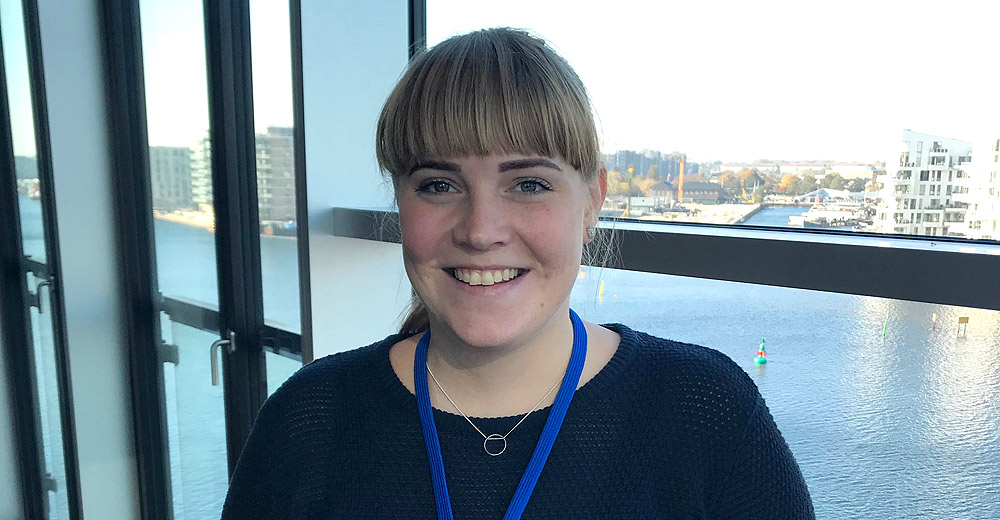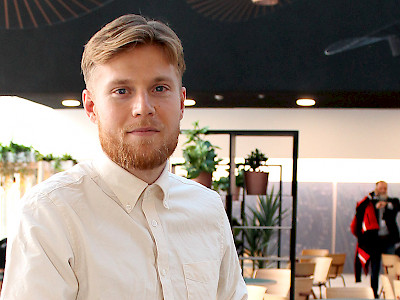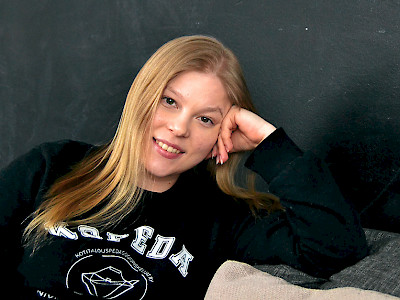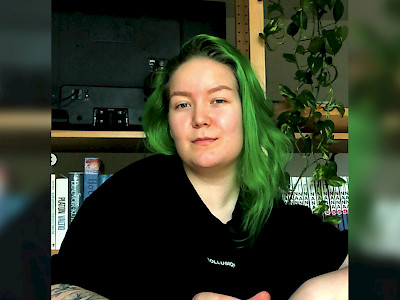Opettajankoulutusta Tanskassa
Pohjoismaiden opeopiskelijat vaihtavat vuotuisessa tapaamisessa kokemuksiaan edunvalvonnasta ja koulutuspolitiikasta. Tänä vuonna aiheena olivat myös oppimisympäristöt, joista laadittiin yhteinen julkilausuma.
SANNI SALMENOJA
Soolibooli 5/18
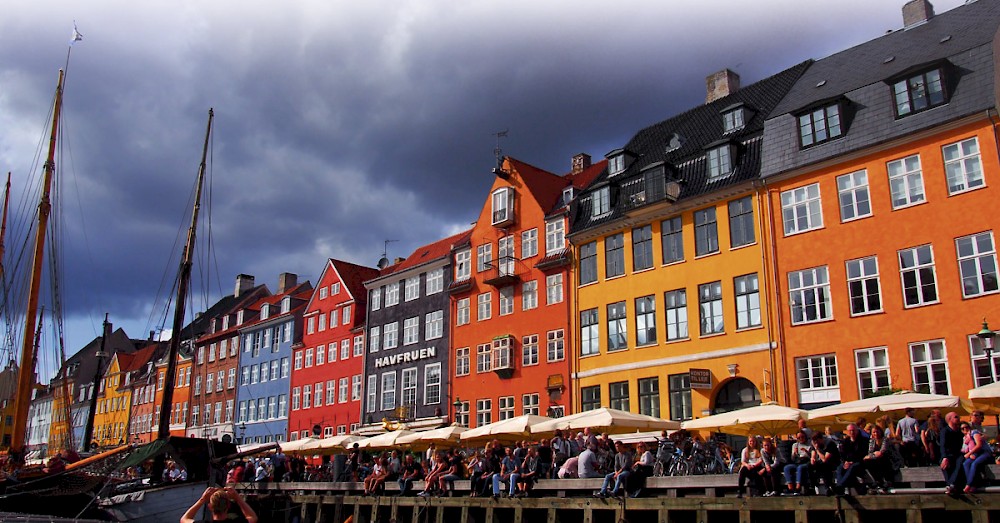
Kuva: Pixabay.
Pohjoismaisten opettajien ammattijärjestöjen opiskelijafoorumi järjestettiin Kööpenhaminassa lokakuun puolivälissä. Soolilaisten lisäksi foorumiin osallistui opeopiskelijoita Islannista, Norjasta, Ruotsista, Suomesta ja Tanskasta. Tanskan isännöidessä tilaisuutta nousi esille montakin huomiota Tanskan opettajankoulutuksesta.
Vierailu alkoi tutustumalla kahteen opettajankoulutuskampukseen; Nyelandsvej ja Carlsberg. Saimme kattavan esittelyn kampuksista ja pääsimme näkemään tyypillisiä oppimisympäristöjä – mikä toimi koko tapaamisen teemana. Nyelandsvejn kampuksella opiskelevat tulevat opettajat ja Carlsbergin monen tuhannen opiskelijan kampuksella tulevat opettajat ja pedagogit.
Opettajat ja pedagogit
Opettajien ja pedagogien välillä on eroja. Opettajat opettavat peruskoulun 1. luokasta alkaen, opetettavanaan maksimissaan kolme ainetta. He muodostavat opettajatiimejä, jotka opettavat samaa luokkaa yläluokille asti.
Pedagogit opettavat (tai kasvattavat) päiväkodeissa, toimivat erityisavustajina, järjestävät iltapäivätoimintaa sekä kerhotoimintaa koulun ulkopuolella. Vaikka palkat ovat suhteellisen samalla tasolla, on opettajan ammatti kentällä arvostetumpi kuin pedagogien. Opiskelijat näkevät kuitenkin olevansa samanarvoisia.
Tanskassa, kuten monessa muussakin pohjoismaassa voi opiskella opettajaksi university collegessa, joka on rinnastettavissa suomalaiseen ammattikorkeakouluun. Aineenopettajan opinnot opiskellaan yliopistossa. Ainoina pohjoismaina Suomi ja Islanti kouluttavat tulevat varhaiskasvatuksen ja luokanopettajansa yliopistoissa.
Soolibooli tapasi Kööpenhaminassa kolme opiskelijaa Islannista, Ruotsista ja Tanskasta. Heiltä kysyttiin:
- Miksi haluat opettajaksi?
-
Mitä haluat sanoa suomalaisille opeopiskelijoille?
Helena Sjørup Eiríksdóttir
Univeristy of Akureyri, Islanti
- Haluan opettajaksi, koska pidän paljon työskentelystä lasten kanssa ja uskon että minulla on paljon taitoja ja valmiuksia olla hyvä opettajan työssä.
- Muistakaa puolustaa oikeuksistanne ja pyrkikää rohkeasti saavuttamaan tavoitteenne riippumatta siitä mitä muut ympärillänne teille sanovat.
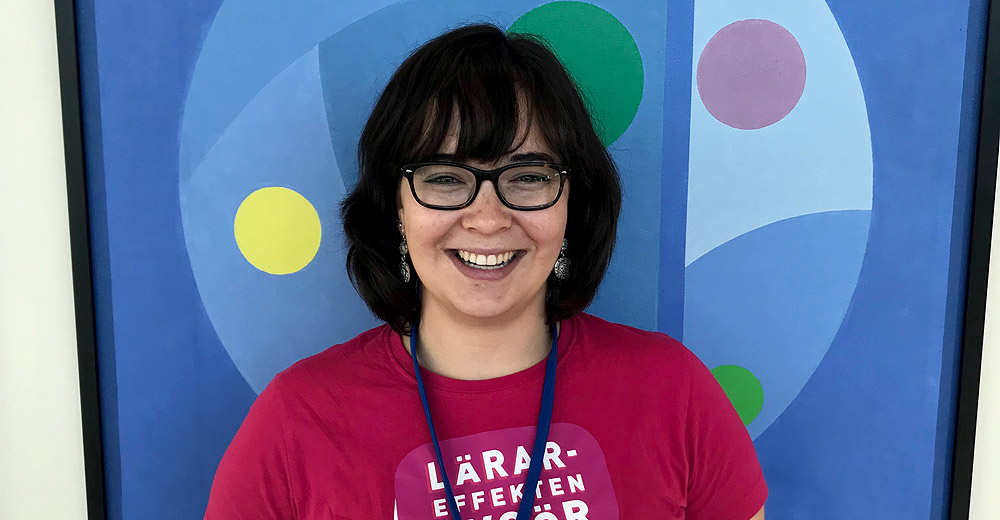
Maria Guthke
Stockholms University, Ruotsi
- Haluan opettajaksi, koska haluan antaa lapsille vahvan ja hyvän alun elämään ja koulupolulle. Pidän myös lasten kanssa työskentelystä todella paljon!
- Tiedämme ja kuulemme sitä aina, kuinka hyvä opettajankoulutus teillä Suomessa on. Haluaisimme kuulla siitä lisää ja oppia teiltä.

Mia Lund
Københavns Professionshøjskole, Tanska
- Haluan opettajaksi, koska se on maailman tärkein työ. Pääsen tukemaan ja auttamaan maamme tulevaisuuden tekijöitä. Riippumatta lasten taustoista voin olla jokaiselle lapselle aikuinen, joka vaikuttaa positiivisesti hänen tulevaisuuteensa.
- Suomalaisille opeopiskelijoille haluan sanoa: olette "cool", mutta teidän pitäisi olla "more activistic". Tiedän pitää rohkeammin ja näyttävämmin puolustaa oikeuksianne: menkää kaduille ja kaupungintaloille, tehkää bannereita ja vaatikaa. Ja me voimme tulla auttamaan teitä!
NLS Studerandeforum, Copenhagen 2018
POLICYPAPER
Finlands Svenska Lärarstuderandes Förening, Finland
Kennó, Iceland
Lärarförbundet Student, Sweden
Lærerstuderendes Landskreds, Denmark
Pedagogstudentene i Utdanningsforbundet, Norway
Pædagogstuderendes Landsammenslutning PLS, Denmark
Suomen Opettajaksi Opiskelevien Liitto SOOL, Finland
A Good Study Environment is Crucial
For students, politicians and the leadership of educational institutions, it is necessary to be able to relate to the study environment, since it encompasses all educational activities and the everyday lives for students in the institution. ‘Study environment’ is a complex term that covers both physical, social and mental conditions. Therefore, it is crucial to work with study environment at several levels of the education sector and both locally, nationally and internationally.
The study environment is the working environment of the student, and therefore needs to be treated seriously. A good study environment will aim at ensuring student safety and the physical and mental well-being of its students. For example, an institution can work on its study environment by increasing the possibility of building and maintaining social relations through activities, social spaces and the possibility of student-political organizations to exist.
In order to maintain student motivation, it is essential for students to have the opportunity to learn, immerse themselves, think critically and challenge existing knowledge. A good study environment has a direct connection with a strong academic identity within our professions, and helps students to engage in related activities.
Influence:
We think it is essential for students to have a direct influence on their study environment, since the true experts are naturally those who engage in it on a daily basis.
Allowing students to influence the study environment also carries an intrinsic value, since this process will help generate a less hierarchical and more democratic education system. It is our view that this, in effect, creates a better education system. However, this influence must also be in interaction with the staff at the educational institutions, as their work environment is just as dependent on the study environment as that of the students.
A Financial Priority:
In order to create and maintain a good study environment, a financial priority is required from responsible politicians and the educational institutions.
In addition, the study environment and the quality of education require that all education cuts must be immediately ceased. Rather, our educations should be invested in by the government and the institutions, both nationally and internationally.
The Physical Study Environment:
First and foremost, the physical environment must ensure the safety of students.
We believe that the layout of the physical environment needs to be adapted to match our professional needs. There should be access to creative workshops, classrooms for practicing our role as teachers or pedagogues, and nature areas where it is possible for students to practice differentiated pedagogical activities, such as areas for making campfires or studying wildlife.
The physical environment must be inspiring, motivational and make room for social interaction. In addition, there must be available workplaces for the students to meet for free at their places of education.
In addition, it is important that the students are taught in inviting rooms, with good indoor climates, along with ergonomic seating and chairs and tables for everyone. The physical facilities must be arranged so that all students can access and use them. A place of education must also be organized so that people with disabilities can freely move around without hindrance.
The Social Study Environment:
A good study environment ensures that no students are discriminated based on age, religious- or political conviction, ethnicity, sexual orientation, disability or gender.
It must be possible for every student to participate actively in their student environment, even if they have children or are challenged on their language skills.
It must also be taken into account that students have different life situations. Therefore, the study environment should reflect the differentiated student mass and ensure that student diversity is considered a strength, and that the study environment can contribute to the decomposition of social and economic differences between students.
The social study environment must help to create a welcoming culture and counteract loneliness, stress, distress and unhealthy competition between the students.
The ultimate goal is to ensure a good study environment in all the educational institutions which educates teachers and pedagogues. It is our strong conviction that there must be made crucial changes to secure a proper standard for our educational institutions beginning with fair funding and a targeted implementation of an effort that improves the study environment.

